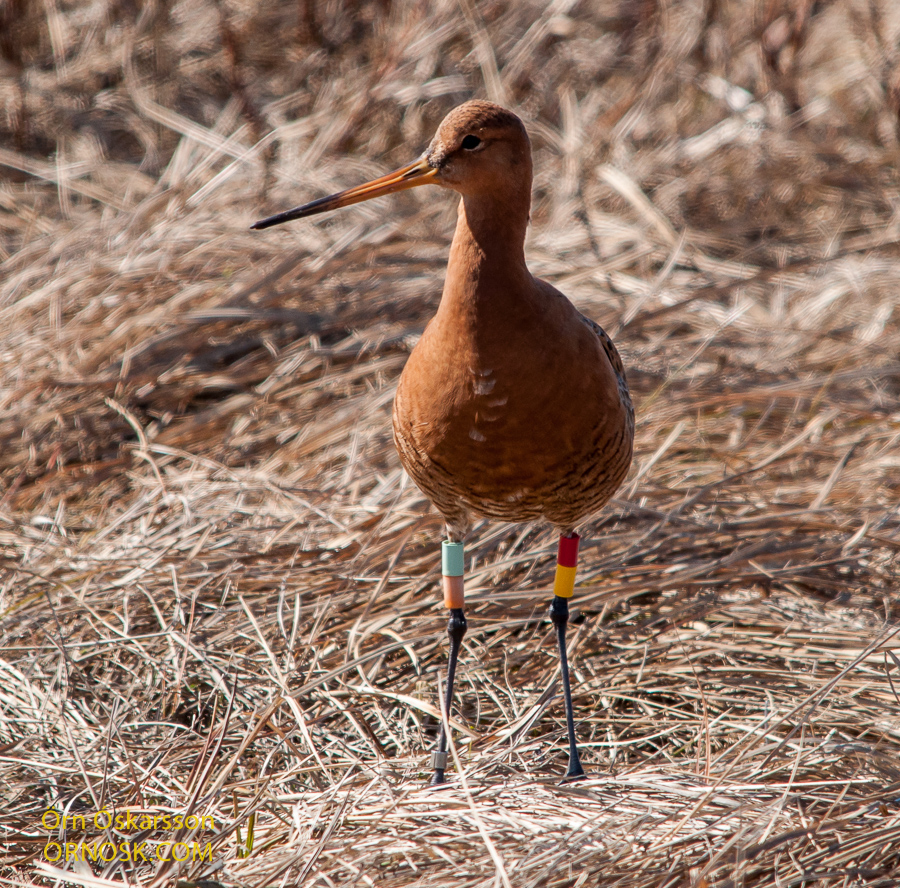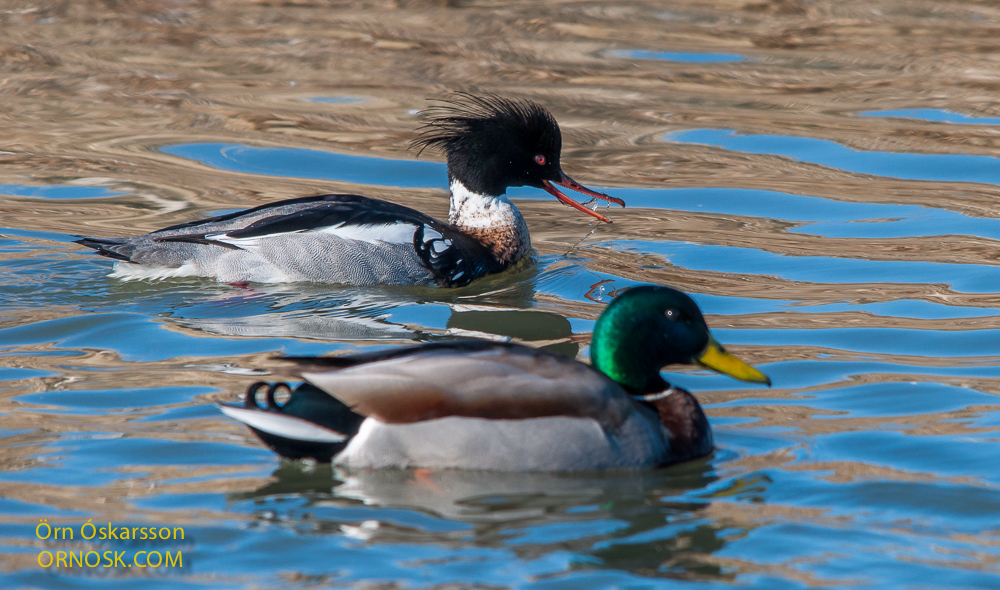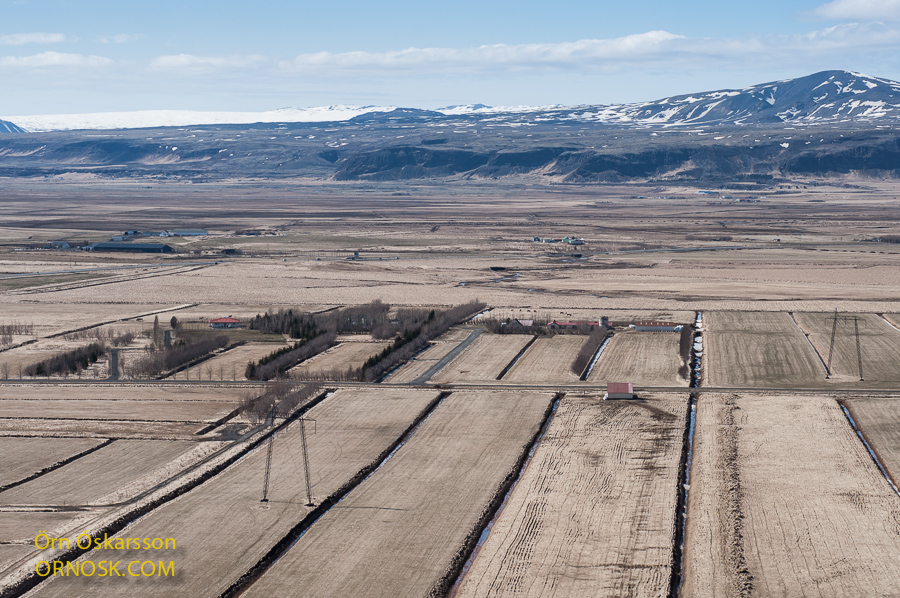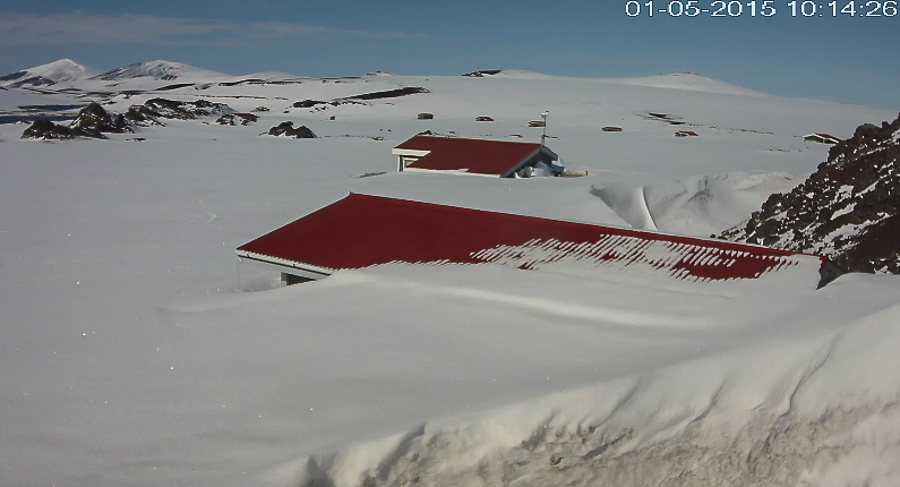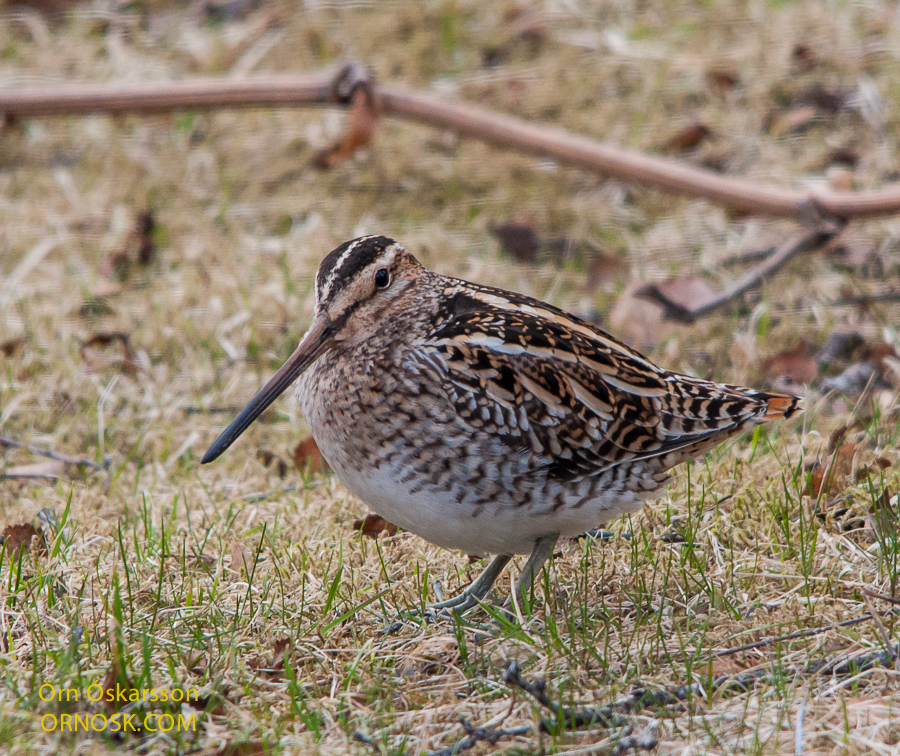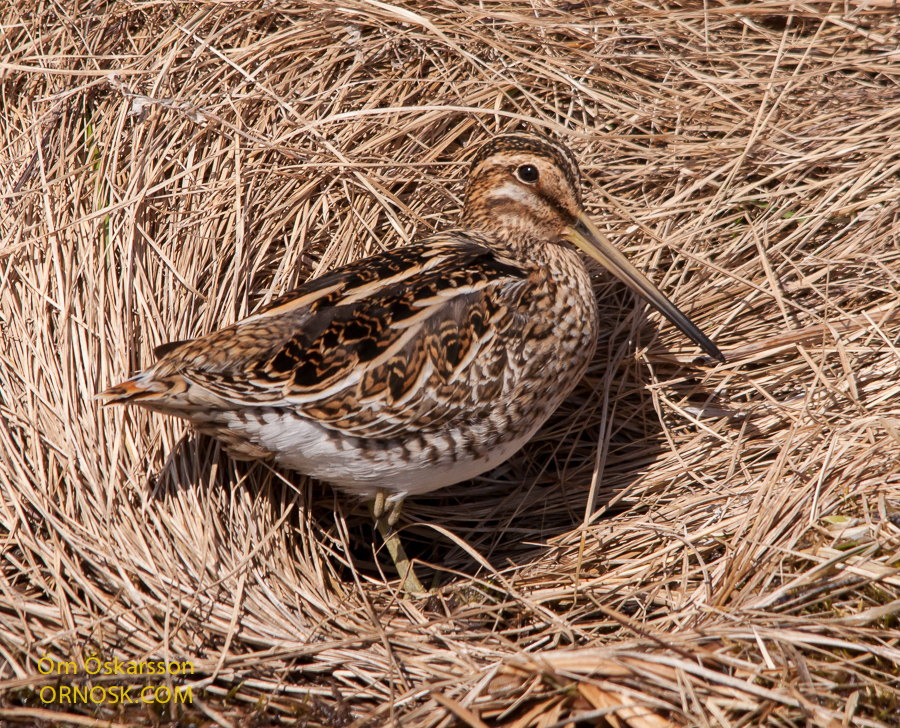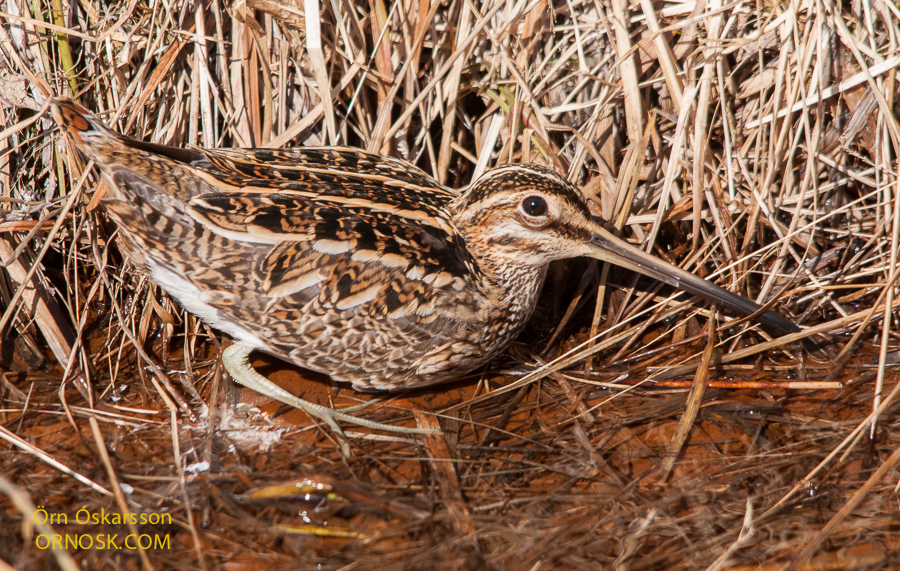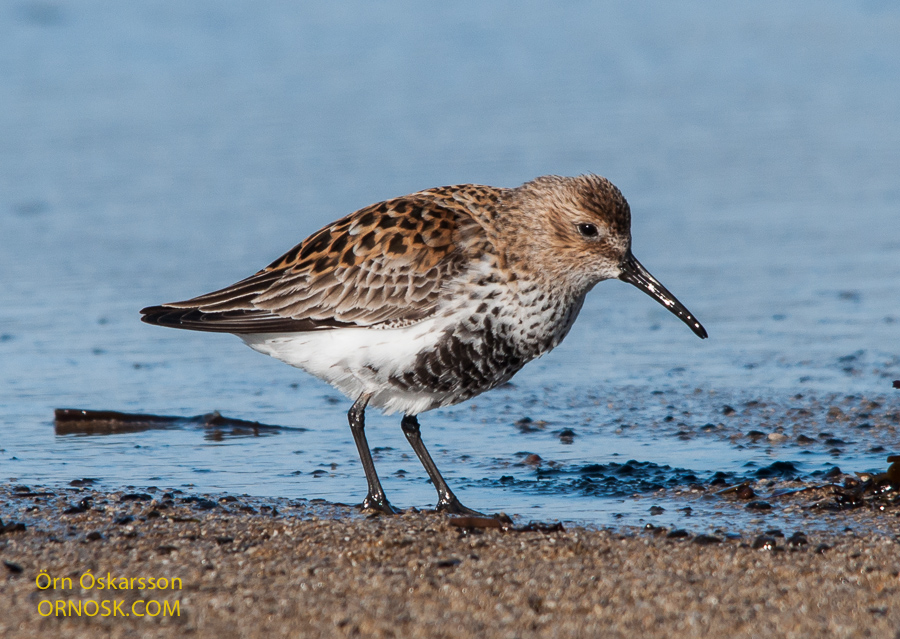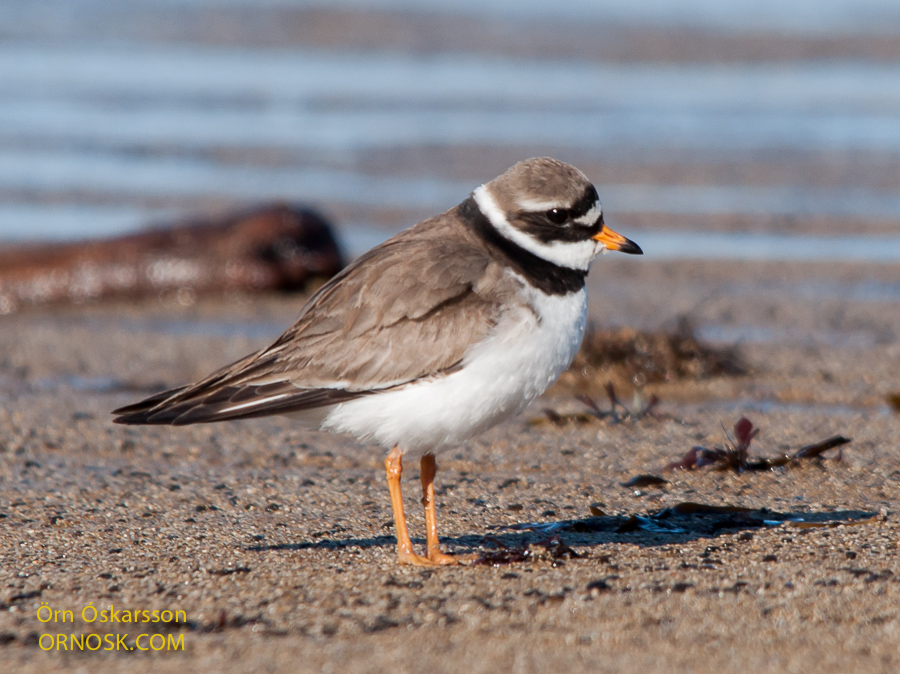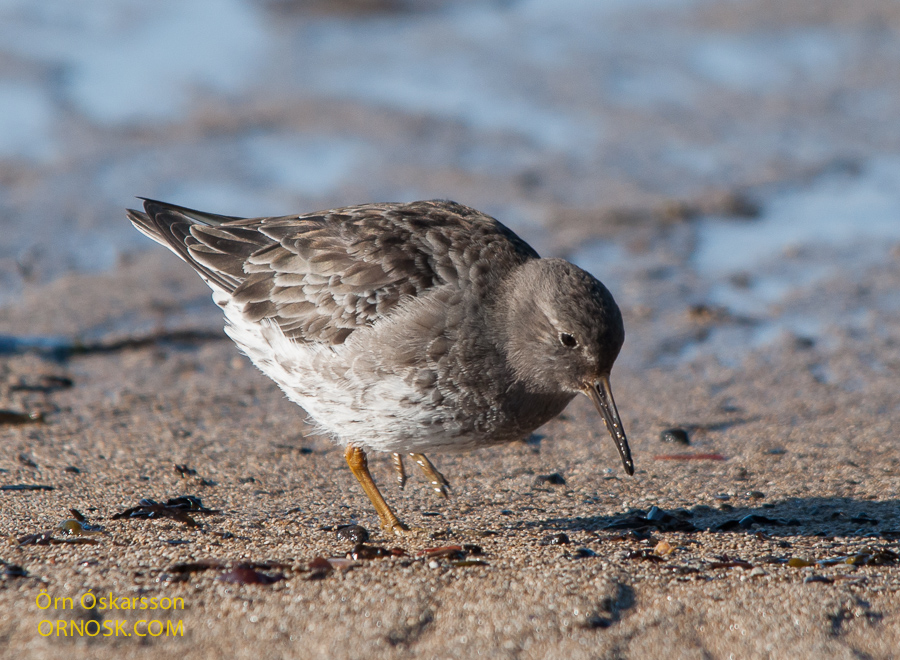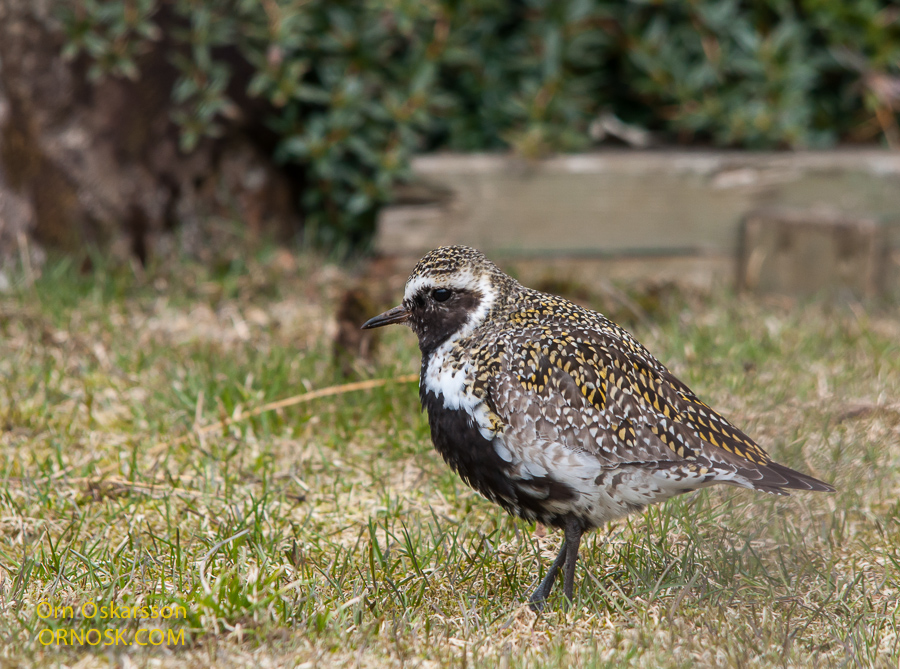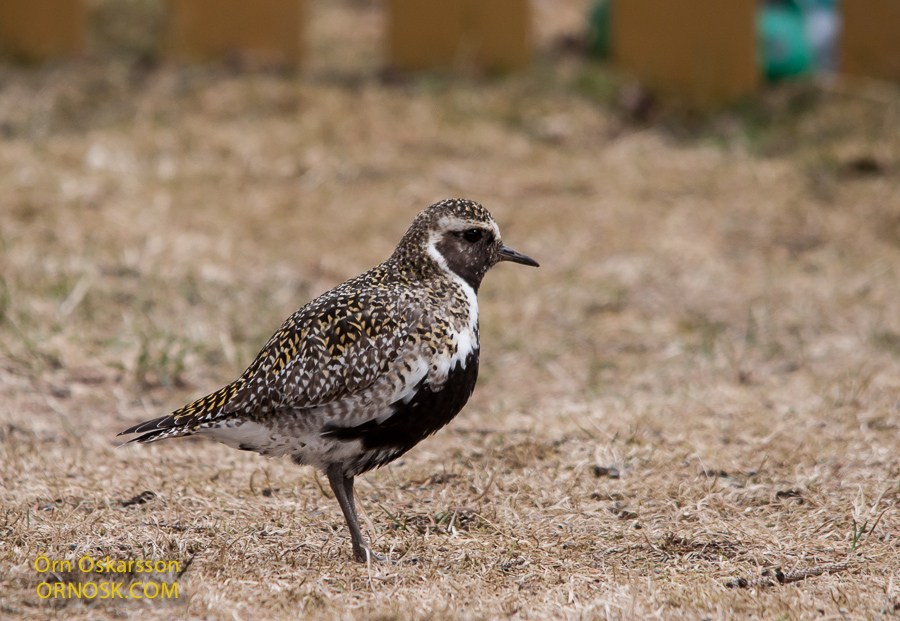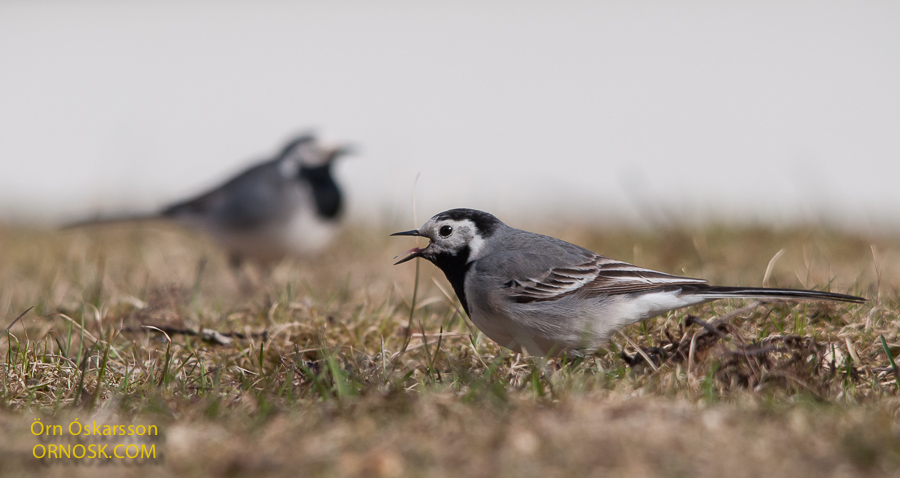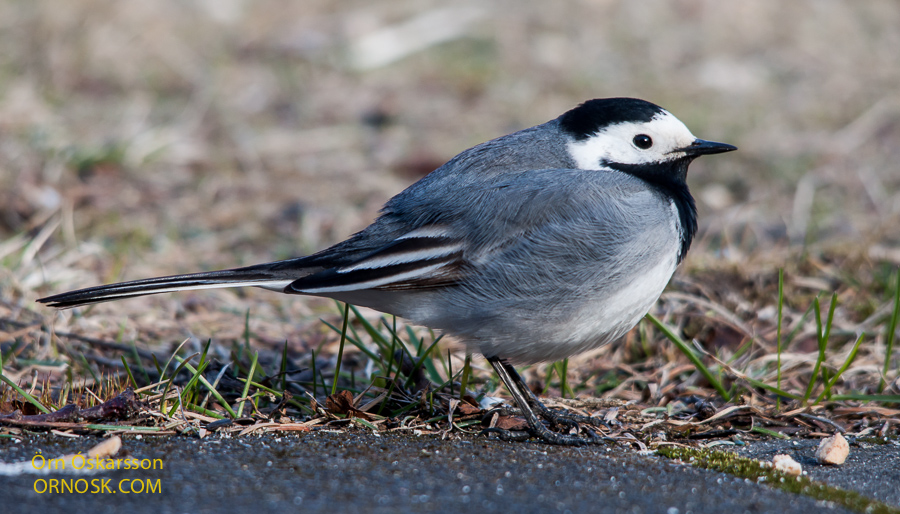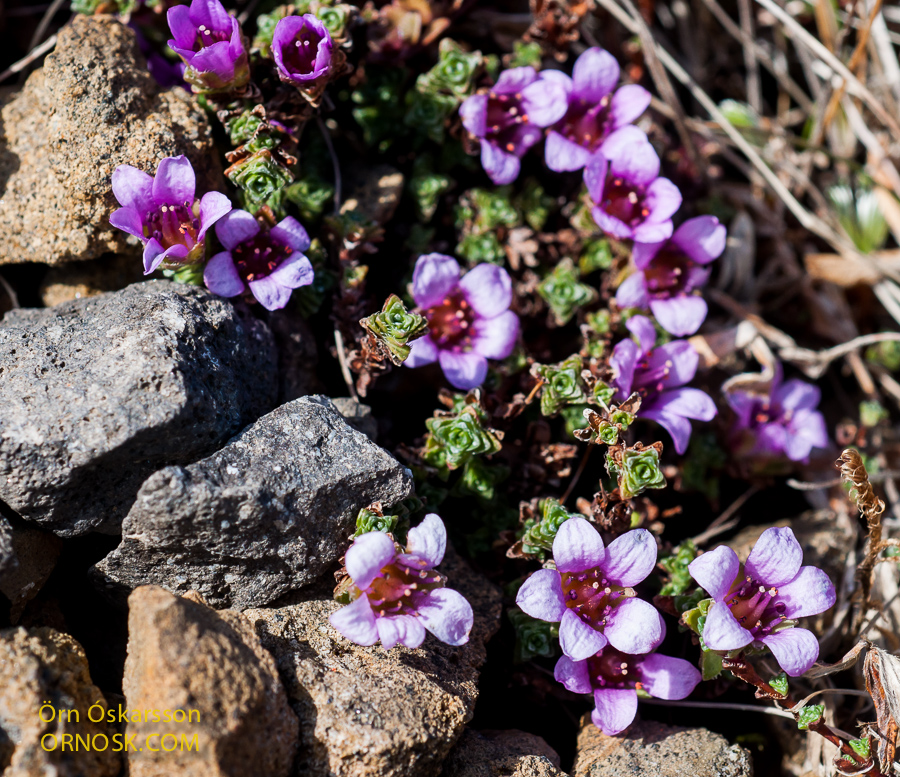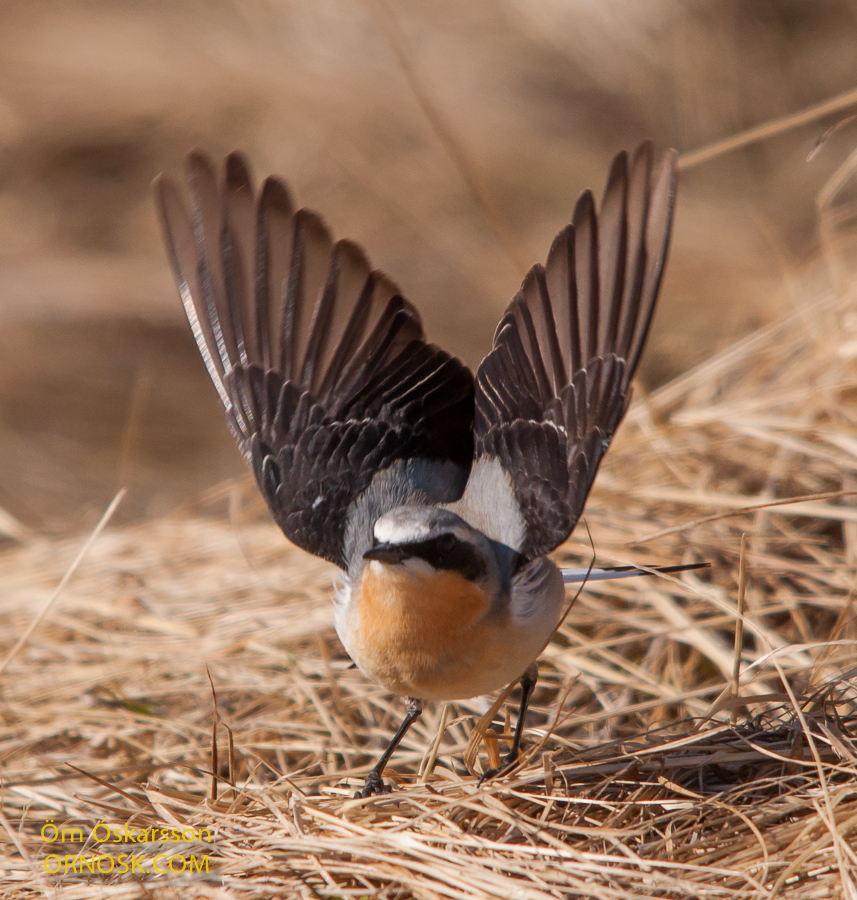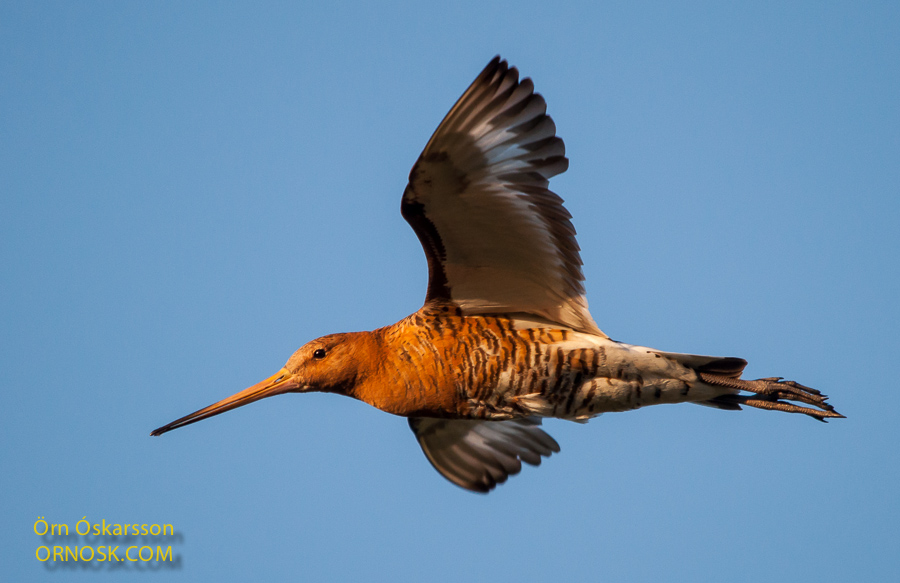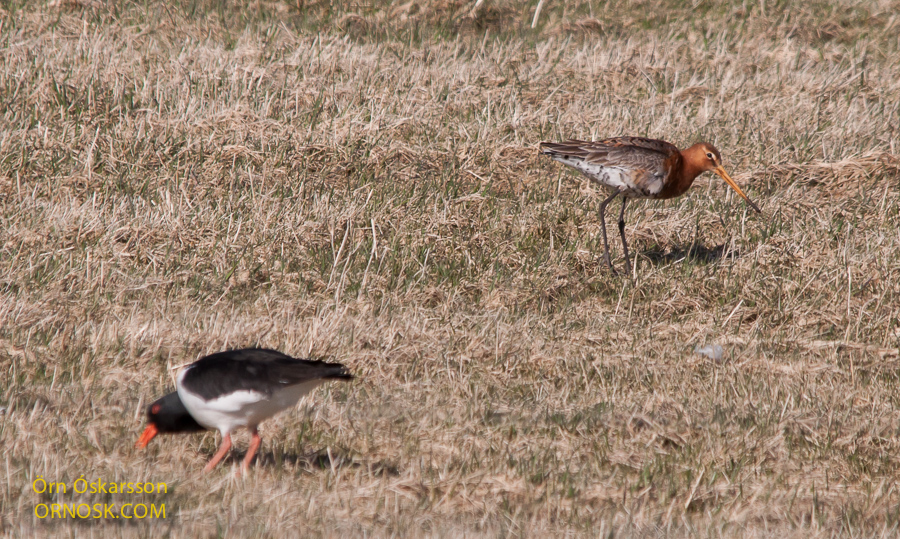This morning we went to the Flói Bird Reserve, not far from Selfoss. There we saw two tagged Black-Tailed Godwits (Limosa limosa). One of them was marked OW-YL and is the same bird I saw on June 2, 2013, in this same place. Its story is known. It was tagged in Flói Bird Reserve June 14, 2010. The other one I have not seen before and I am waiting for information about it. A lot of Black-tailed Godwits have been ringed in this area in the last few years. It seems that many of them over winter in Portugal.
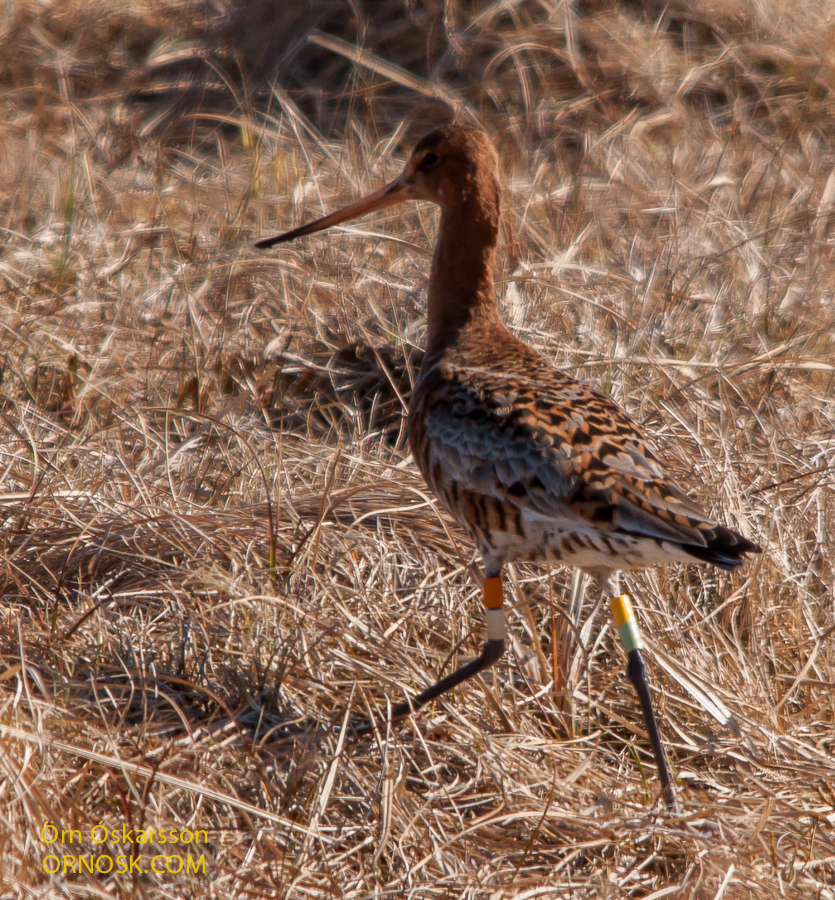
Reading for OW-YL
14.06.10 Fridland, South Iceland
06.09.10 Moëze, Réserve Naturelle, Charente-Maritime, W- France
23.07.12 Flag Creek, St Osyth, Colne Estuary, Essex, E England
07.10.12 Cudmore Grove Country Park, East Mersea, Essex, E England
02.06.13 Fridland, South Iceland
03.05.15 Fridland, South Iceland
